Buffets may look like a dream come true for food lovers, offering endless choices and the freedom to try a little bit of everything. But behind the glimmering sneeze guards and overflowing trays lies a reality that chefs know all too well: not everything on that buffet line is worth your plate space—or your digestive peace. When food is mass-prepared and left out for long periods, quality, safety, and freshness can easily take a hit.
Professional chefs, who spend their careers perfecting food preparation and understanding how ingredients behave over time, tend to approach buffets with a seasoned eye. They know what holds up well in a warming tray, what turns soggy in minutes, and what dishes are most prone to bacterial growth. Their advice can help you avoid a stomachache—or worse—and guide you toward the items that actually deliver on flavor and safety.
So before you dive headfirst into the buffet line, it’s worth knowing what the pros avoid like the plague—and what they’ll happily go back for seconds of. From soggy fried foods to chef-approved carving stations, here are 8 buffet items chefs always skip—and 8 they genuinely recommend.
1. Sushi
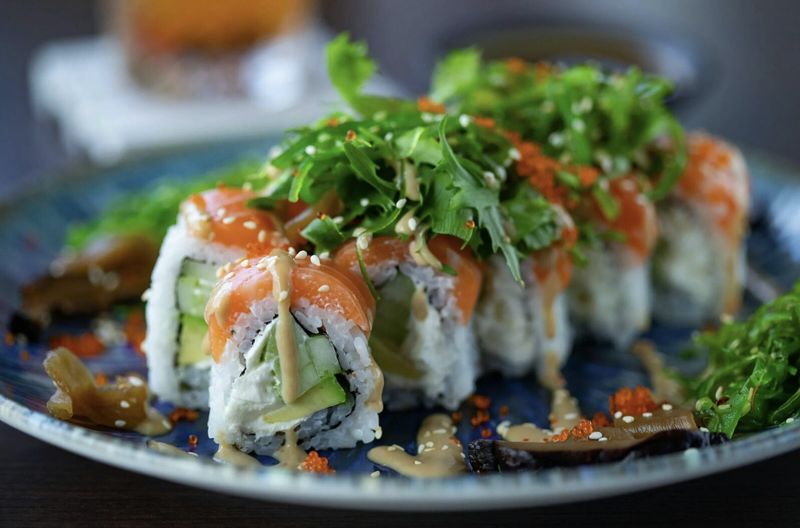
The allure of sushi at a buffet can be undeniable, yet chefs often steer clear of it. Given that raw fish must be kept at precise temperatures, buffets sometimes fall short in maintaining these conditions. The risk of consuming fish that has been sitting out is too high, with the potential for bacteria growth lurking in every bite. Many chefs know that even a slight deviation from temperature standards can lead to spoilage. Freshness is key with sushi, and buffets can’t guarantee it. Moreover, the delicate nature of the fish means that it can easily dry out or lose its silky texture when exposed to air for too long. When it comes to raw fish, chefs often prefer to err on the side of caution. They’d rather enjoy sushi at a specialized sushi bar, where quality control is paramount.
2. Shellfish (especially mussels, clams, and oysters)
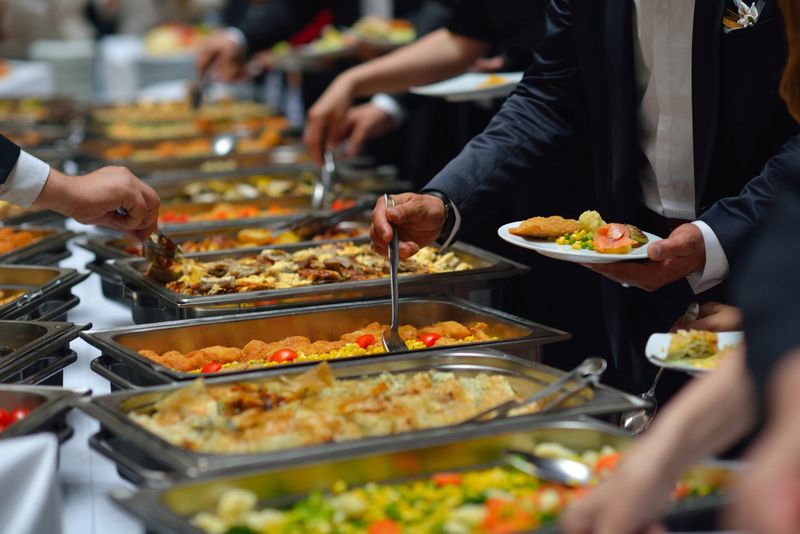
Chefs are acutely aware of the risks associated with shellfish, like mussels, clams, and oysters, especially in a buffet setting. These delicacies require meticulous handling and storage, and buffets frequently struggle to maintain the proper, cold conditions. Shellfish are notorious for being potential carriers of foodborne illnesses if not kept at the right temperature. The fear of contamination is heightened when they sit out for extended periods. Many chefs believe that these shellfish deserve a more controlled environment than what a buffet can offer. Moreover, the subtle flavors of shellfish can degrade quickly without optimal storage, losing their appeal. This concern for safety and taste plays a huge role in why chefs avoid them. They’d rather indulge in shellfish at a high-end restaurant where quality is assured.
3. Salad with mayonnaise-based dressings (like tuna or chicken salad)
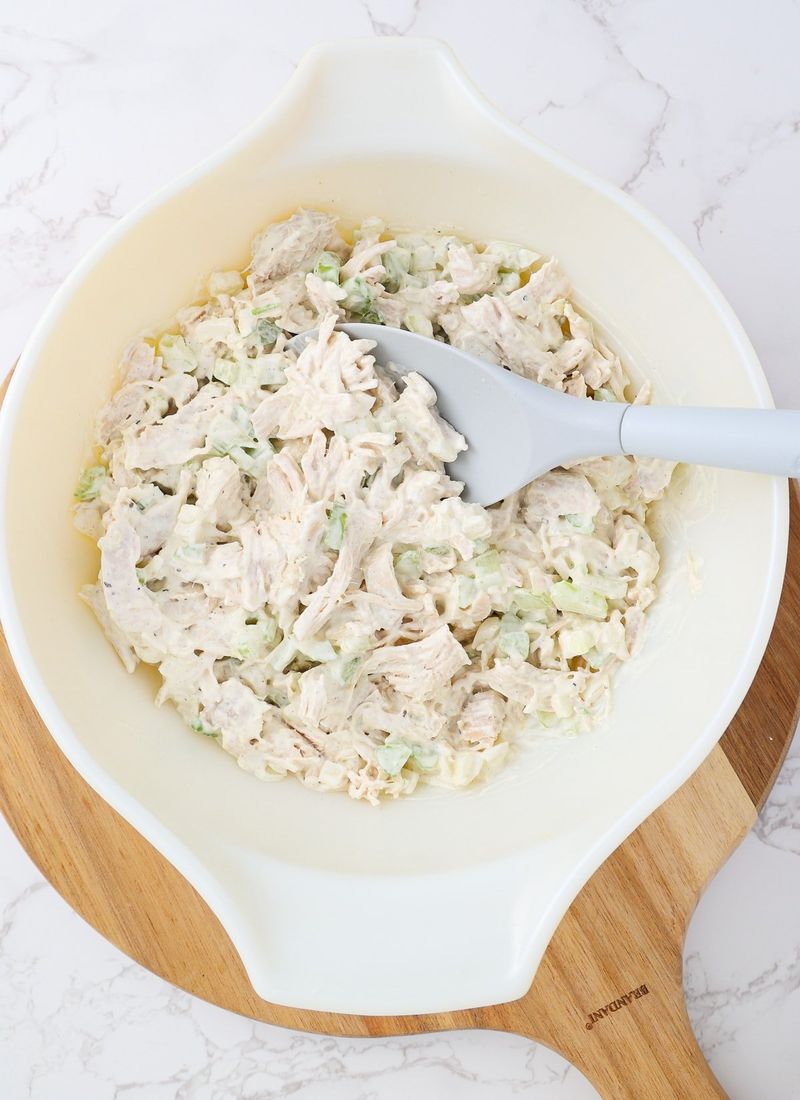
Mayonnaise-based salads, such as tuna or chicken salad, are often skipped by chefs at buffets due to spoilage risks. These salads are prone to bacterial growth if not kept chilled at ideal temperatures, making them a potential breeding ground for bacteria. Chefs understand that the creamy texture of mayonnaise can mask early signs of spoilage, which poses an added risk. Buffets can struggle to maintain consistent cold temperatures, especially during busy periods. The risk of foodborne illness increases significantly with these salads, causing chefs to exercise caution. They appreciate the flavors but prioritize safety over taste in this instance. For chefs, the potential health risks outweigh the appeal of a creamy, savory salad. They prefer enjoying such salads when freshly prepared and immediately served, ensuring safety and taste.
4. Carved meats under heat lamps
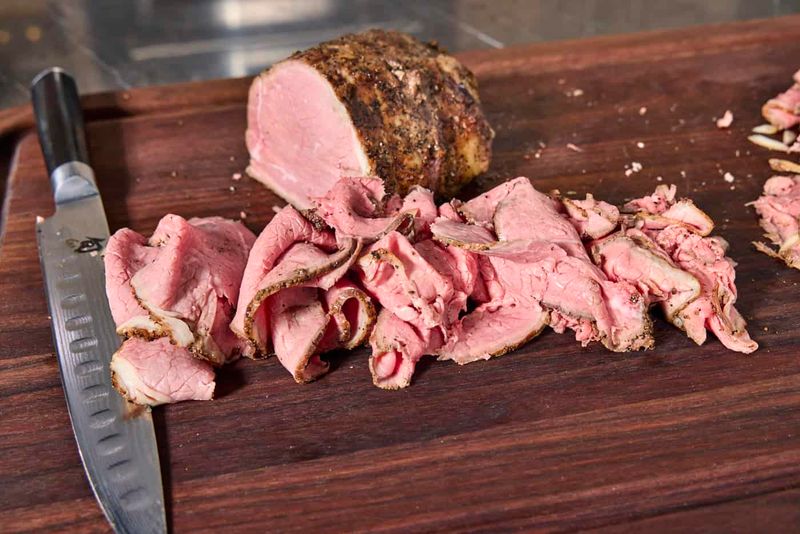
Carved meats under heat lamps may look tempting, but chefs are wary of their quality. These meats, often kept warm for extended periods, tend to become overcooked and dry. Heat lamps can rob the meats of their natural juices, leaving them less flavorful. Chefs know that meat at its best is juicy and tender, qualities that are often lost under heat lamps. The extended exposure not only affects texture but can also elevate the risk of bacteria growth. Chefs seek out meats that are freshly carved to preserve their moisture and flavor. The appeal of carved meats lies in their succulence, which is compromised when they sit for too long. Chefs prefer to indulge in meats prepared to order, where control over cooking and serving conditions is more precise.
5. Pasta dishes with cream sauce (like Alfredo)

Creamy pasta dishes, such as Alfredo, are often sidestepped by chefs at buffets due to their instability. Cream sauces can quickly separate, turning grainy and unappetizing when left on warmers. Chefs are well aware that once a cream sauce breaks, it loses its silky texture, making the dish unappealing. The combination of heat and time can also lead to spoilage, raising food safety concerns. Buffets may struggle to maintain the consistent temperatures needed to keep cream sauces safe and tasty. Chefs prefer to enjoy such pasta dishes when freshly prepared, ensuring the sauce remains smooth and flavorful. They appreciate the rich, comforting flavor of these dishes but choose to indulge in environments where quality is prioritized. For chefs, maintaining the integrity of a cream sauce is paramount to its enjoyment.
6. Fruit from the salad bar
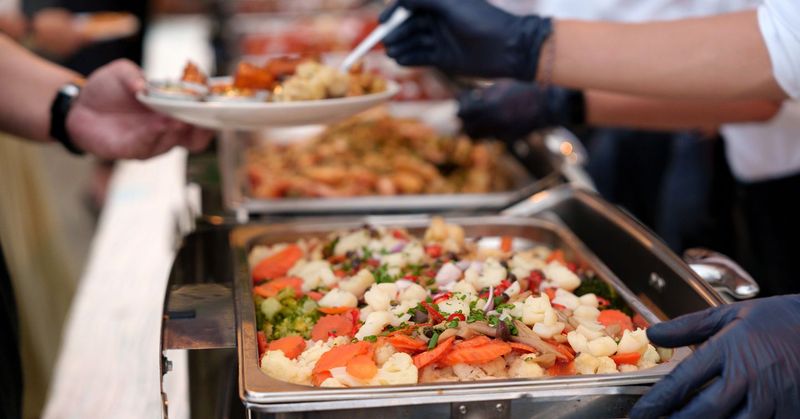
Pre-cut fruit at a buffet’s salad bar often raises red flags for chefs concerned with cleanliness and freshness. These fruits can be exposed to numerous hands, increasing the risk of contamination. Maintaining the optimal cold temperature to keep the fruit fresh and safe is a challenge many buffets face. Chefs value the vibrant flavors and natural sweetness of fresh fruit, which can diminish quickly if not handled properly. The appeal of fruit lies in its crispness and juiciness, qualities that are jeopardized when temperatures fluctuate. Chefs are mindful of the potential for fruit to harbor bacteria if not kept at the right temperature. They prefer to enjoy fruit in settings where it is freshly cut to order, ensuring peak flavor and safety. For chefs, the quality of fruit is best appreciated when freshness is guaranteed.
7. Anything deep-fried that’s been sitting out (e.g., fries, onion rings)
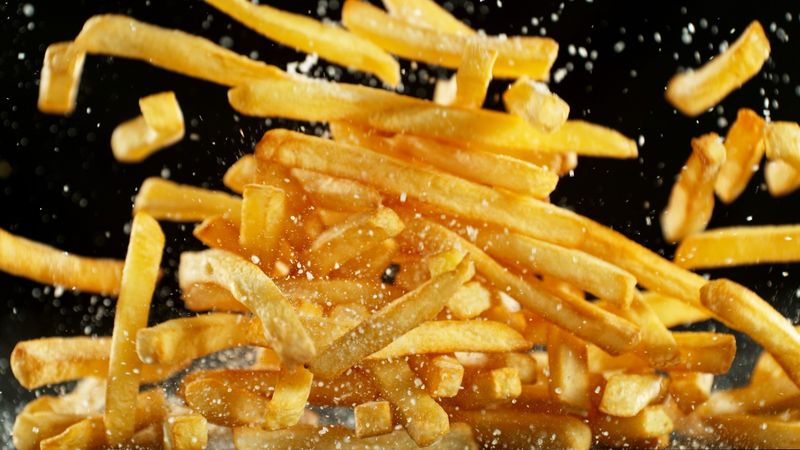
Deep-fried delights like fries and onion rings are often left untouched by chefs at buffets. The key to enjoying fried foods is their crispness, which is quickly lost when they sit out. Buffets struggle to maintain the ideal conditions to keep these items from going soggy. Chefs know that the texture of fried food is paramount to its enjoyment, and once that crispness is compromised, the appeal diminishes drastically. The reheating process often fails to restore the original texture, leaving the food less desirable. Chefs appreciate the indulgence of fried foods but prefer them when freshly cooked to maintain the perfect balance of crunch and flavor. They opt for environments where fried foods are served immediately after preparation, ensuring the ideal texture and satisfaction.
8. Soft-serve ice cream machines

While soft-serve ice cream can be a buffet favorite, chefs often pass on it due to cleanliness concerns. These machines require frequent cleaning to prevent mold and bacteria buildup within the internal tubing. Chefs are aware that not all buffets adhere to the rigorous cleaning schedules needed to ensure safety. The creamy delight of soft-serve is overshadowed by the risk of contamination for those in the know. Chefs value the importance of cleanliness and are mindful of the potential health risks if machines are neglected. They relish the indulgence of soft-serve but prefer to enjoy it from establishments that prioritize hygiene and regular maintenance. The appeal of soft-serve is undeniable, but for chefs, peace of mind about safety is crucial to their enjoyment. Cleanliness is key in their decision to indulge.
1. Freshly made omelets (at live stations)
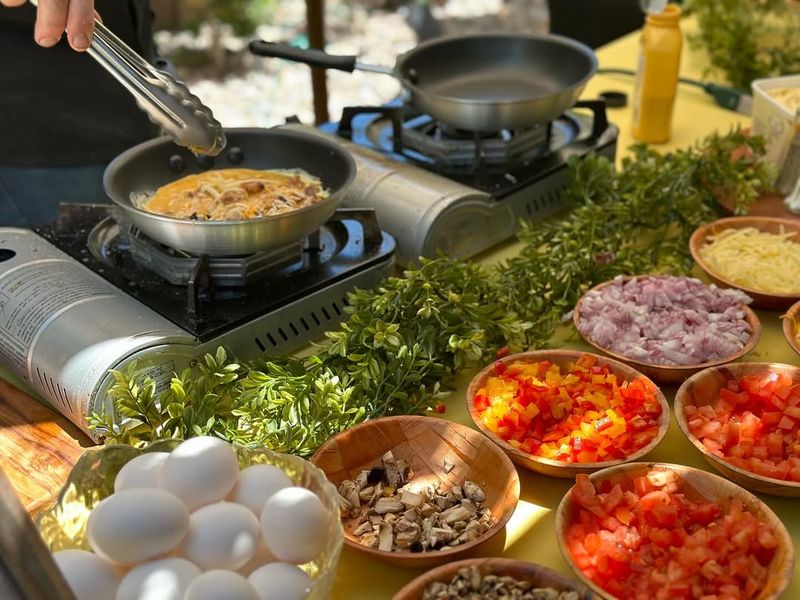
The allure of freshly made omelets at a live station is hard for chefs to resist. Made right in front of you, these omelets guarantee freshness and optimal temperature control. Chefs appreciate the opportunity to customize ingredients to their liking, ensuring a personalized culinary experience. The interaction with the chef preparing the omelet adds a layer of engagement that enhances the dining experience. Freshly made omelets are a safe bet, as they’re cooked on demand, minimizing health risks. Chefs value the vibrant flavors and tender texture of an omelet cooked to perfection. The appeal lies in the made-to-order aspect, which ensures a delightful experience. For chefs, the assurance of quality and customization makes freshly made omelets a go-to choice at buffets.
2. Carved-to-order roast beef or turkey
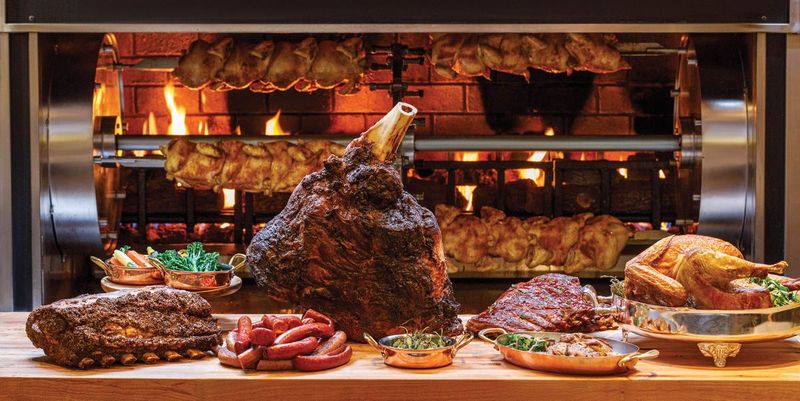
Carved-to-order roast beef or turkey stands out as a buffet choice that chefs gravitate towards. The act of slicing on request ensures that the meat remains less exposed to the elements, preserving its juiciness and flavor. Chefs know that this method of serving maintains the meat at proper temperatures, minimizing the risk of spoilage. The appeal of carved-to-order meats lies in their succulent texture and rich taste, which chefs can appreciate firsthand. The interaction with the carving chef adds an engaging dimension to the dining experience. Chefs value the combination of freshness, flavor, and a touch of theater that carved-to-order meats provide. For them, it’s about enjoying meat that’s expertly prepared and served with care, making it a buffet highlight that never disappoints.
3. Grilled vegetables
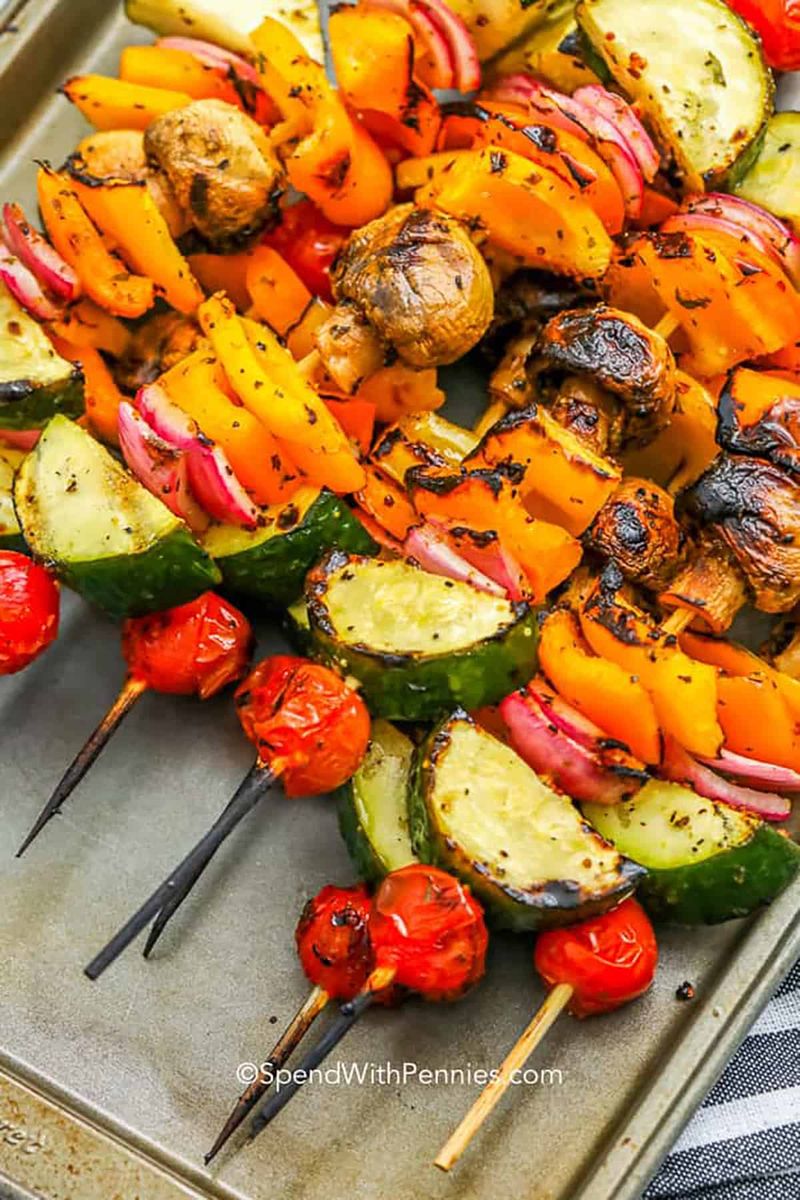
Grilled vegetables hold a special place in the hearts of chefs at buffets. Their ability to retain flavor and texture under buffet conditions makes them a reliable choice. Chefs appreciate the rich, smoky flavors that grilling imparts, elevating even the simplest vegetables to a gourmet level. The vibrant colors and natural sweetness of grilled vegetables are preserved, making them visually appealing and delicious. The appeal lies in their ability to withstand the buffet environment without losing quality. Chefs know that grilled vegetables offer a healthy and flavorful option that pairs well with various other buffet items. For them, it’s about enjoying a dish that’s both nutritious and satisfying, without compromising on taste or presentation.
4. Steamed dumplings or dim sum
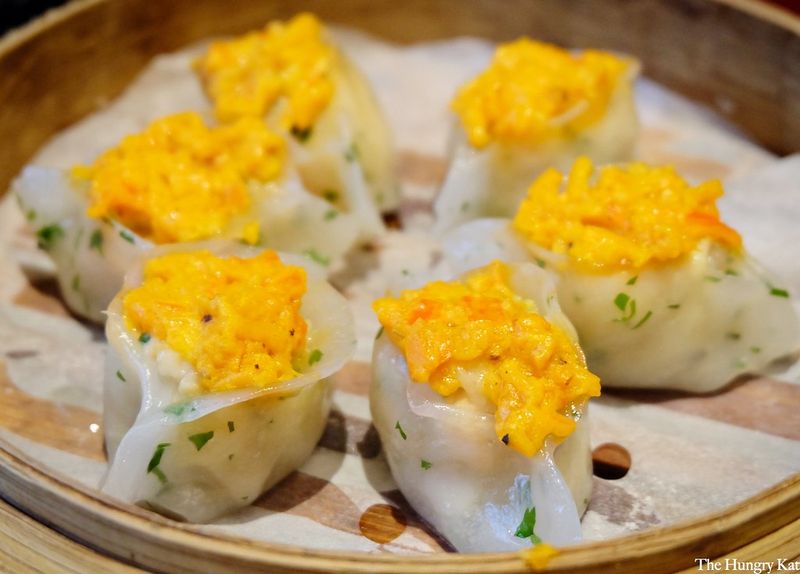
Steamed dumplings or dim sum at a buffet can be a real treat for chefs. When kept in a properly sealed steam basket, these items retain their delightful texture and warmth. Chefs appreciate the skill involved in crafting dumplings, and the flavor-packed bites they offer. The appeal of dim sum lies in its bite-sized perfection, with each piece offering a burst of flavor. Chefs know that the right steaming conditions ensure that dumplings remain moist and tender. The variety of fillings available adds to the excitement, allowing chefs to explore different tastes. For chefs, dim sum represents a harmonious blend of texture and flavor, making it a buffet choice that satisfies their culinary curiosity and palate alike.
5. Breads and rolls
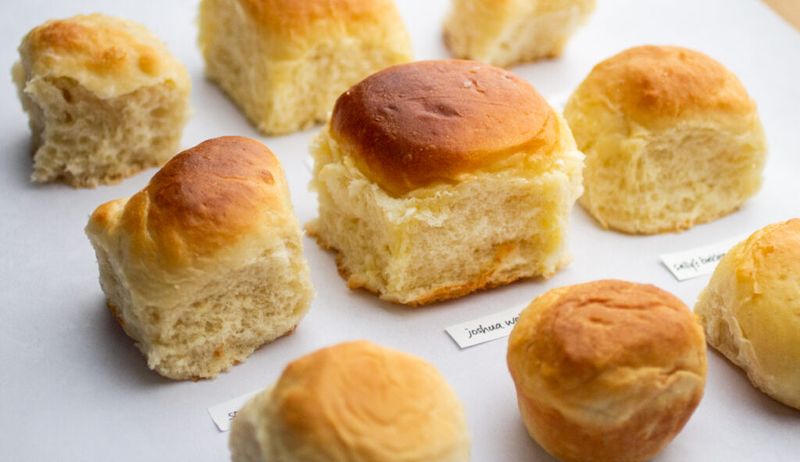
Breads and rolls are a staple at buffets, and chefs often return for them due to their reliability. Typically replenished often, they have a low spoilage risk and offer consistent quality. Chefs appreciate the variety of textures and flavors available, from crusty baguettes to soft dinner rolls. The appeal of bread lies in its versatility, making it a great accompaniment to many buffet dishes. Chefs value the freshness of frequently replenished bread, knowing that it complements a wide array of flavors. The simplicity of a well-baked roll or slice of bread can be a perfect palate cleanser between richer dishes. For chefs, breads and rolls provide a comforting, reliable choice that enhances their buffet experience.
6. Hard cheeses
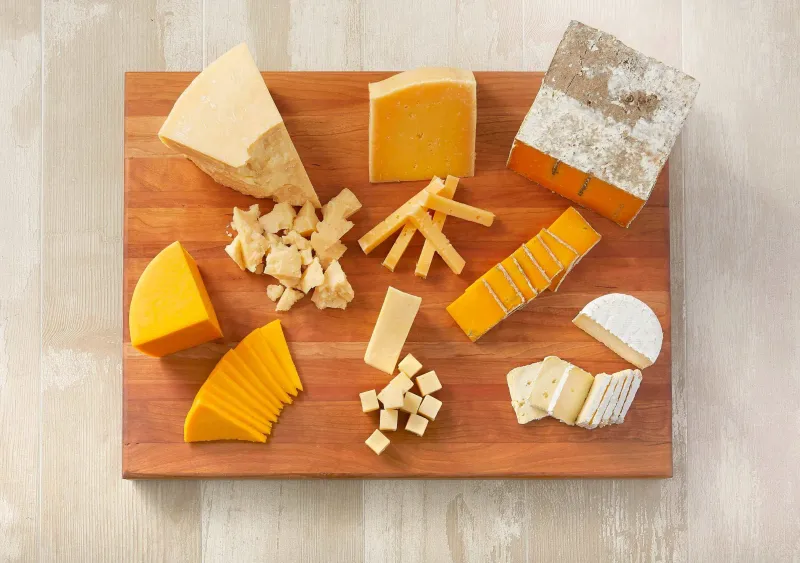
Hard cheeses are a buffet favorite among chefs for their resilience and flavor. Unlike soft cheeses, they resist spoilage and maintain their texture and taste well, even in buffet settings. Chefs appreciate the robust flavors and satisfying textures that hard cheeses offer. The variety available allows chefs to pair cheeses with other items, enhancing the overall dining experience. The appeal of hard cheeses lies in their ability to stand up to the buffet environment without compromising quality. Chefs know that these cheeses provide a savory experience that can be enjoyed in small, flavorful bites. For them, it’s about savoring a cheese that’s reliable and delicious, adding a touch of indulgence to their buffet visit.
7. Roasted root vegetables (e.g., sweet potatoes, carrots)
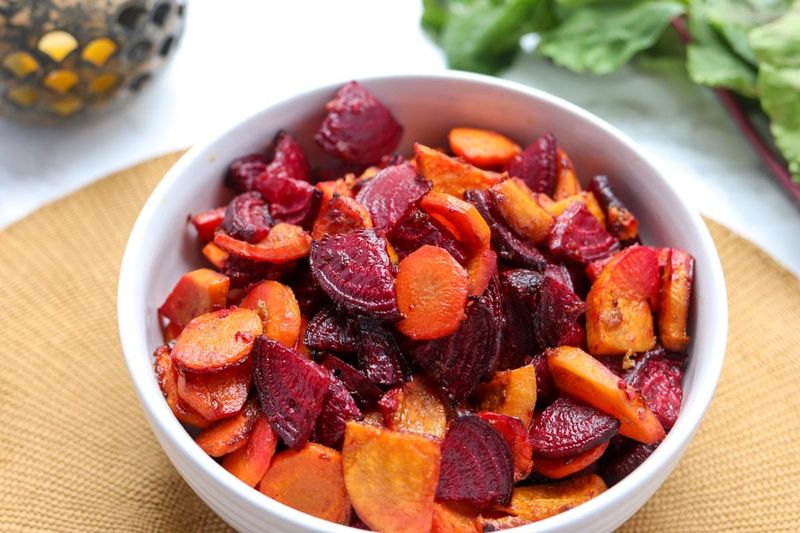
Roasted root vegetables like sweet potatoes and carrots are a reliable choice for chefs at buffets. They stand up well in warming trays, maintaining their flavor and integrity over time. Chefs appreciate the natural sweetness and rich flavors of roasted vegetables, which are enhanced through the roasting process. The appeal of root vegetables lies in their hearty nature, providing a comforting, nutritious option. Chefs know that these vegetables offer a satisfying experience, pairing well with a variety of dishes. The caramelization achieved through roasting adds a depth of flavor that chefs find irresistible. For them, roasted root vegetables represent a flavorful and healthy choice, making them a staple on their buffet plates.
8. Ethnic specialties prepared in small batches (like Indian curries or stir-fried noodles)
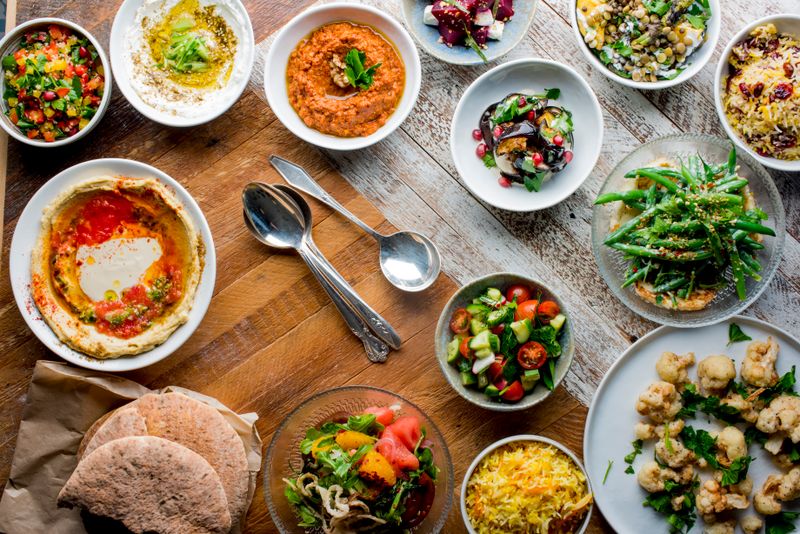
Ethnic specialties prepared in small batches, such as Indian curries or stir-fried noodles, are a culinary delight for chefs at buffets. These dishes are often packed with bold, complex flavors that captivate the palate. Chefs appreciate the attention to detail and authenticity that goes into these specialties. The appeal lies in their freshness, as small batches are replenished regularly, ensuring quality. Chefs know that these dishes offer a taste of authenticity, providing a vibrant and satisfying dining experience. The opportunity to explore global flavors is a significant draw for chefs, who relish the chance to taste something unique. For them, ethnic specialties represent a culinary adventure, making them a buffet highlight that’s both exciting and delicious.
Leave a comment